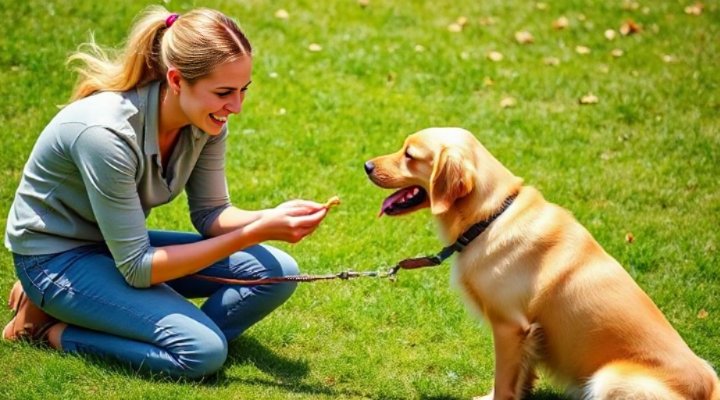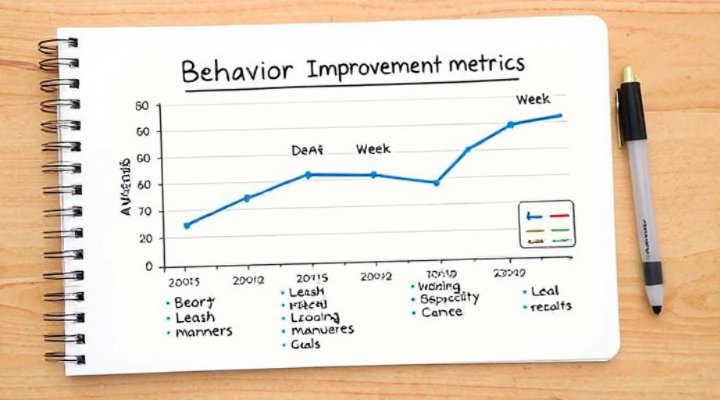Training your dog doesn’t have to be a guessing game. With this scientifically designed dog training schedule, you’ll have a clear roadmap to behavior improvement that actually works. I remember when I first adopted Max, my overly energetic Labrador – without a structured plan, our training sessions were chaotic at best!

Why a Structured Dog Training Schedule Matters
Consistency is key when it comes to modifying canine behavior. Research from the American Veterinary Medical Association shows that dogs thrive on routine and clear expectations. That’s why our 4-week program breaks down training into manageable daily sessions that build on each other progressively.
For example, week one focuses on establishing basic commands like ‘sit’ and ‘stay’, while week two introduces more complex behaviors. This gradual approach prevents overwhelming your dog (and you!) while ensuring solid foundations. As noted in our Best Dog Training Methods article, this incremental learning leads to better long-term retention.

Week 1: Foundation Building
Daily Training Routine
Start with three 10-minute sessions spaced throughout the day (morning, afternoon, evening). This frequency prevents fatigue while maintaining engagement. Each session should include:
- Basic commands reinforcement (sit, down, stay)
- Leash introduction exercises
- Positive social interactions
Remember what we covered in the Positive Reinforcement Dog Training guide – always end on a positive note with an easy command your dog knows well.

Week 2-3: Behavior Modification
Now that basics are established, we can address specific behavior issues. The ASPCA recommends this phased approach for lasting results. Your schedule now includes:
- Targeted exercises for problem behaviors
- Increased duration for commands
- Distraction training
Our Dog Commands for Behavior Correction article provides excellent supplemental techniques for this phase.

Week 4: Real-World Application
The final week transitions training to practical environments. Take your sessions to the park, pet store, or neighborhood walks. This helps generalize behaviors beyond your home. Track progress using our printable chart (link below) to celebrate improvements!
As we discussed in Puppy Training Schedule, the principles apply to dogs of all ages – it’s never too late to start!

Key Takeaways for Success
- Consistency matters more than duration
- Always use positive reinforcement
- Track progress to stay motivated
- Adjust pace to your dog’s learning style
Remember, every dog learns at their own pace. What took Max 4 weeks might take your dog 6 – and that’s perfectly okay! The important thing is maintaining the structure and celebrating small victories along the way.
Related Keywords: dog behavior training, positive reinforcement techniques, canine obedience program, puppy training schedule, behavior modification for dogs, structured dog training, science-based dog training

